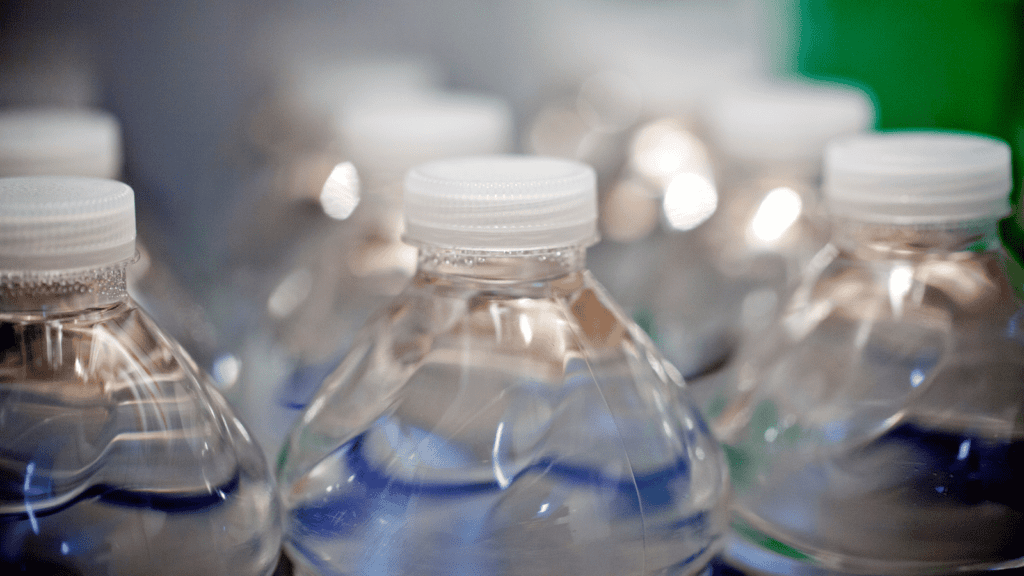On average, Australians spent about $580 buying 504 litres of bottled water per person in 2021, according to a new United Nations report. It is the world’s second highest consumption rate, per capita, behind Singapore. Australians are also paying vastly more than anywhere else.
According to a United Nations study on the global bottled water industry and its effects on societies and the environment, Singaporeans spend the highest amount on bottled water worldwide, averaging over US$1,300 per person annually. The study found that this expenditure was used to purchase more than 1,100 litres of water per person in 2021. In contrast, although drinking tap water is generally considered safe in both Singapore and Australia, Australians came in second place, spending around US$386 per person and consuming approximately 500 litres of bottled water.
RELEVANT SUSTAINABLE GOALS


Global Bottled Water Industry
The global sales of bottled water are estimated to be nearly $270 billion and 350 billion liters. The report categorizes and ranks the top 50 countries in the world based on their total and per capita bottled water sales, in terms of both dollars and liters. The Asia-Pacific region accounts for roughly half of the global bottled water market, while the Global South countries collectively make up 60%. The United States, China, and Indonesia together comprise half of the global market. In Europe, Germany is the largest market, while Mexico dominates the LAC region and South Africa leads in Africa. Singapore and Australia excel in both annual revenue and per capita volume of bottled water sold, whereas the per capita indicators for the United States and China are comparatively lower.
According to the report, the drivers of the bottled water market are significantly different between the Global North and the Global South. In the Global North, bottled water is often viewed as a luxurious and healthier alternative to tap water, while in the Global South, the lack of a dependable public water supply stimulates bottled water sales. The report examines around 60 case studies from over 40 countries across the world and highlights that numerous bottled water brands, of all types, have been contaminated with inorganic, organic, and microbiological agents, often surpassing local or global standards. This evidence challenges the misguided belief that bottled water is a completely safe source of drinking water, and argues that providing a safe and dependable drinking water supply in any country should not come at the expense of one water source over another.
The report suggests that bottled water withdrawals can deplete groundwater resources in areas where water is sourced for bottling, although examples of such cases are rare. Despite the fact that these withdrawals may be small in absolute terms when compared to larger water consumers, like irrigated agriculture, they may have a significant local impact on water resources. The lack of transparency and legal foundation for bottling companies to publicly disclose the volume of water they extract and evaluate the environmental impact of their activities is the main reason for the lack of data on water withdrawals by the bottled water industry. As safe tap water is not always available in the Global South, it represents a potential future market for bottled water. However, the absence of national water management policies may encourage uncontrolled groundwater withdrawals for bottled water procurement, with little or no contribution to a sustainable long-term drinking water supply.
You may also be interested in :
Ocean’s Plastic Pollution at 2. Million Tonnes, Could Triple by 2040 : Study


